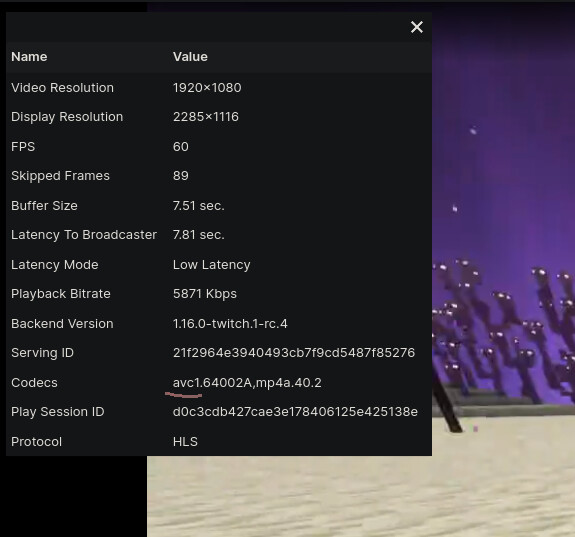Legal Issues
As long time users of Debian may know, there has been a long history of legal concerns when it comes to using various multimedia related software due to software patents. Because of this, various multimedia codecs could not be made available within Debian. However, Debian’s position on software patents has changed, resulting in the inclusion of these various multimedia codecs within Debian.
For information on Debian’s position with regards to software patents, see the following.
As with any topic involving legal issues, if you have any legal concerns, it is recommended you seek your own legal counsel.
– https://wiki.debian.org/MultimediaCodecs#Legal_Issues
I understand that it is a PIA when you have hardware capable of doing the hard work and then your encoding tasks takes multitude longer to encode and your youtube video are delayed for hours while the content is compressing using CPU instead of GPU.
Building mesa yourself - enabling the codecs - depending on hardware it is anything between 5-35 minutes - so to me possible absence is not an issue.
As I see it
- and why I bring it up
- knowing it is it’s a touchy subject
- please forgive me
- what is the difference
- with respect to the legal position
- when it comes to connecting the dots
- the final piece in the puzzle
between
- Fedora
- openSuSE
- Manjaro
- EndeavourOS
- KaOS
- … numerous other distros
EndeavourOS is in the same position as Manjaro - as it is last link in the chain connecting the dots - the last piece in the puzzle - the turnkey solution enabling H264 and H265 hardware encoding/decoding in the mesa library.
With reference to forum topics [1] [2] and the debate on Manjaro forum on the subject of copyrighted codecs and the thin grey line between legal or infringing.
As I understand this fine line it has something to do with being the last link in the chain that enables hardware encoding/decoding for AMD GPU - thus making the last link responsible for the fees due to the copyright holders.
I also understand it has become an issue because some smart business people has made it their business to collect those tiny fees for copyright holders - and everyone holding a copyright is per defnition greedy - that is a gross statement - perhaps not - in any case.
I understand that Arch itself may have a point in their stance providing access to H264/H265 (and derivatives)
- it has never been a problem - why make it one
- Arch has never provided a turnkey solution thus providing the option in the mesa build has never been that last link in the chain.
The topic is quite hot - judging from a search - just for debian
Other than using Arch repos - what distinguishes EndeavourOS from other mainstream distributions with relation to upstream mesa - excluding H264 etal. from the compile process - that entitles EndeavourOS to include H264 etal.

